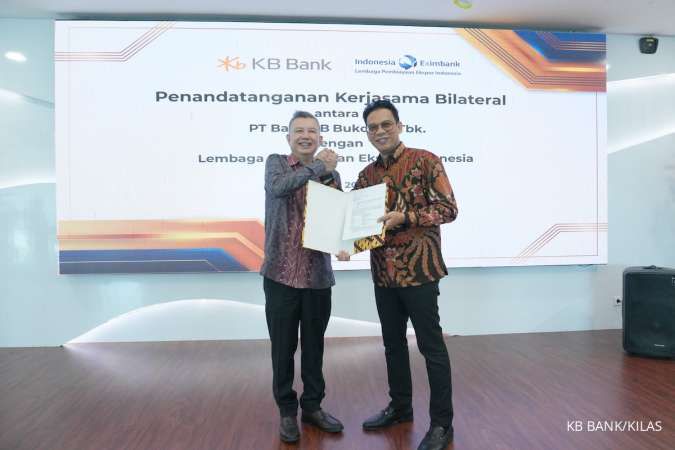KONTAN.CO.ID - JAKARTA. Indonesia is targeting the addition of 4.68 gigawatts of solar power capacity by 2030 and is aiming to source 51.6% of its added power capacity from renewable sources under a new masterplan, its energy minister said on Tuesday. Indonesia, a major coal producer and exporter, sources around 60% of its existing electricity capacity from coal-fired power plants. The government wants to shift away from fossil fuel and reach net zero carbon emissions by 2060, slashing them by 41% by 2030, with international assistance.
Indonesia targets greater solar capacity by 2030 under new plan
KONTAN.CO.ID - JAKARTA. Indonesia is targeting the addition of 4.68 gigawatts of solar power capacity by 2030 and is aiming to source 51.6% of its added power capacity from renewable sources under a new masterplan, its energy minister said on Tuesday. Indonesia, a major coal producer and exporter, sources around 60% of its existing electricity capacity from coal-fired power plants. The government wants to shift away from fossil fuel and reach net zero carbon emissions by 2060, slashing them by 41% by 2030, with international assistance.

